Transcriptome of Epibiont Saccharibacteria Nanosynbacter lyticus Strain TM7x During the Establishment of Symbiosis
- PMID: 35975994
- PMCID: PMC9487520
- DOI: 10.1128/jb.00112-22
Transcriptome of Epibiont Saccharibacteria Nanosynbacter lyticus Strain TM7x During the Establishment of Symbiosis
Abstract
Saccharibacteria Nanosynbacter lyticus strain TM7x is a member of the broadly distributed candidate phylum radiation. These bacteria have ultrasmall cell sizes, have reduced genomes, and live as epibionts on the surfaces of other bacteria. The mechanisms by which they establish and maintain this relationship are not yet fully understood. The transcriptomes of the epibiont TM7x and its host bacteria Schaalia odontolytica strain XH001 were captured across the establishment of symbiosis during both the initial interaction and stable symbiosis. The results showed a dynamic interaction with large shifts in gene expression for both species between the initial encounter and stable symbiosis, notably in transporter genes. During stable symbiosis, the host XH001 showed higher gene expression for peptidoglycan biosynthesis, mannosylation, cell cycle and stress-related genes, whereas it showed lower expression of chromosomal partitioning genes. This was consistent with the elongated cell shape seen in XH001 infected with TM7x and our discovery that infection resulted in thickened cell walls. Within TM7x, increased pili, type IV effector genes, and arginine catabolism/biosynthesis gene expression during stable symbiosis implied a key role for these functions in the interaction. Consistent with its survival and persistence in the human microbiome as an obligate epibiont with reduced de novo biosynthetic capacities, TM7x also showed higher levels of energy production and peptidoglycan biosynthesis, but lower expression of stress-related genes, during stable symbiosis. These results imply that TM7x and its host bacteria keep a delicate balance in order to sustain an episymbiotic lifestyle. IMPORTANCE Nanosynbacter lyticus type strain TM7x is the first cultivated member of the Saccharibacteria and the candidate phyla radiation (CPR). It was discovered to be ultrasmall in cell size with a highly reduced genome that establishes an obligate epibiotic relationship with its host bacterium. The CPR is a large, monophyletic radiation of bacteria with reduced genomes that includes Saccharibacteria. The vast majority of the CPR have yet to be cultivated, and our insights into these unique organisms to date have been derived from only a few Saccharibacteria species. Being obligate parasites, it is unknown how these ultrasmall Saccharibacteria, which are missing many de novo biosynthetic pathways, are maintained at a high prevalence within the human microbiome as well as in the environment.
Keywords: Nanosynbacter; RNAseq; Saccharibacteria; TM7x; actinomycetes; gingivitis; microbiome; oral microbiome; periodontitis; transcriptome.
Conflict of interest statement
The authors declare no conflict of interest.
Figures
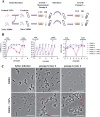

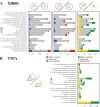

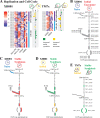
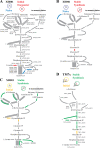
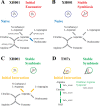
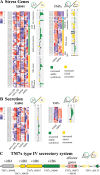

References
-
- He X, McLean JS, Edlund A, Yooseph S, Hall AP, Liu SY, Dorrestein PC, Esquenazi E, Hunter RC, Cheng G, Nelson KE, Lux R, Shi W. 2015. Cultivation of a human-associated TM7 phylotype reveals a reduced genome and epibiotic parasitic lifestyle. Proc Natl Acad Sci USA 112:244–249. 10.1073/pnas.1419038112. - DOI - PMC - PubMed
Publication types
MeSH terms
Substances
Grants and funding
LinkOut - more resources
Full Text Sources
Molecular Biology Databases

